Did crocodiles really eat hundreds of Japanese soldiers during WWII?
- By Coffee or Die
Share This Article
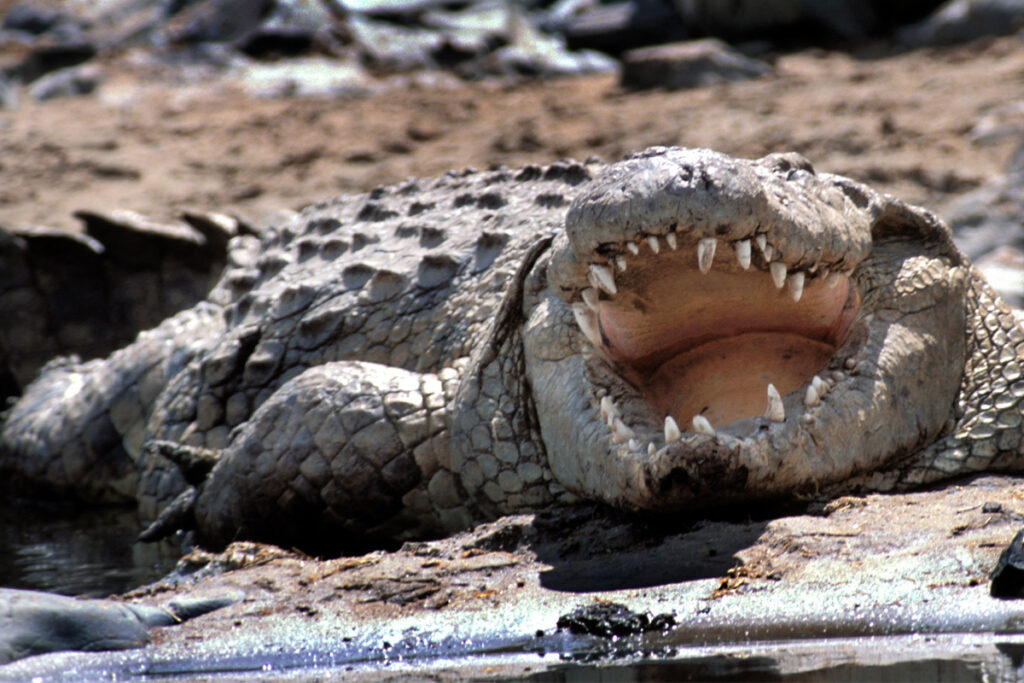
This article by Matt Fratus was originally published by Coffee or Die.
In January 1945, two infantry brigades from the Indian Army and a detachment of British commandos were dispatched to Ramree Island, the largest island off the coast of present-day Myanmar (then known as Burma). Somewhere between 1,200 and 1,500 soldiers from the Imperial Japanese Army’s 54th Division were entrenched on Ramree. If the British 14th Army succeeded in taking the island, it could build an airbase there and use it as a launch point for bombing missions over Burma and Malaysia.
After weeks of bitter fighting, the Allies managed to drive the last surviving Japanese soldiers into mangrove swamps surrounding the island — swamps populated by thousands of saltwater crocodiles. As the Indian and British troops closed in, the Japanese soldiers were faced with two options: They could stay and fight or attempt to flee through the marshes and escape by sea. They decided to flee. What happened next is a bit of a mystery; however, according to one version of the story — the best-known version — only 20 of the soldiers who entered the marshes made it out alive; the rest were eaten by crocodiles.
A subject of much debate and intrigue among World War II historians, the story of how hundreds of Japanese troops met their gruesome fate in the crocodile-infested marshes of Ramree Island became so widely believed that it was included in the Guinness Book of World Records under the entry for most fatalities in a crocodile attack. The story originated with news articles published around the time of the incident, but certain plot holes identified in the years since have raised questions about the veracity of those early reports. Perhaps the biggest question that the crocodile story doesn’t sufficiently answer concerns the staggering death toll: How did only 20 Japanese soldiers survive? How did crocodiles manage to kill so many armed men?
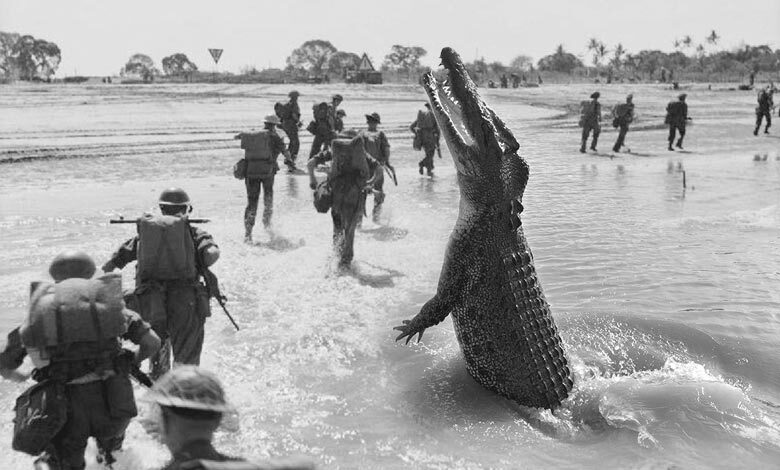
Saltwater crocodiles can weigh more than 2,000 pounds and have one of the strongest jaws in the animal kingdom. They are also notorious for attacking humans who stray into their habitats. Osama, a saltwater crocodile named after the terrorist Usama Bin Laden, reportedly killed and ate 80 people in Uganda over a period of 14 years beginning in 1991. Gustave, a Nile crocodile once described as a “serial killer” by National Geographic, is believed to have killed as many as 300 people in the east African nation of Burundi in the 1980s and 1990s. While crocodiles are prolific killers, historians have long doubted that more than 800 Japanese soldiers were killed at Ramree Island in such a short period of time, and those doubts have only been affirmed by evidence uncovered in recent years that indicates that the true story was buried amid a flurry of sensational reporting.
On Feb. 25, 1945, the British newspaper The Guardian reported that “Japanese stragglers who are trying to escape from Ramree Island off the west coast of Burma, are being forced by hunger out of mangrove swamps and many have been killed by crocodiles.” From there, the story took on a life of its own. Describing the incident in his 1962 book Wildlife Sketches, the Canadian naturalist Bruce Stanley Wright wrote that an estimated 1,000 Japanese soldiers fled into the marshes and that only 20 came out alive. How he arrived at that number is unclear, but the Guinness Book of World Records accepted it as fact and began including Wright’s version of the story in their annual book starting in 1968.

Dr. Sam Willis, an award-winning historian, archaeologist, and host of National Geographic’s Nazi Weird War Two, investigated some of World War II’s most bizarre stories, including Hitler’s methheads and Himmler’s haunted castle. In 2016, he decided to tackle the mystery of the Crocodile Massacre at Ramree Island after learning that the Guinness Book of World Records had relied on Wright’s book for source material. As part of his research, he visited the marshes of Ramree Island and interviewed locals. He also gathered military records that stated that the majority of Japanese soldiers were shot dead by the Allies or simply drowned in the swamp. Various British soldiers did indeed witness crocodiles devouring dead Japanese bodies, but Willis ultimately determined that the majority of Japanese soldiers died in combat or drowned.
Upon completing his investigation, Willis brought his findings to Guinness Book of World Records editor-in-chief Crag Glenday, who agreed to add a note to the Ramree Island entry stating that “new research by the National Geographic Channel, however, has cast doubt on the story, or at least on the extent of deaths.” Thus, the legend was put to rest. As for the truth, however, that may have been lost to history.
Read more from Sandboxx News
Related Posts
Sandboxx News Merch
-

A-10 ‘Thunderbolt Power’ Framed Poster
$45.00 – $111.00 Select options This product has multiple variants. The options may be chosen on the product page -

‘Kinetic Diplomacy’ Coaster (1)
$7.00 Add to cart -

‘Sandboxx News’ Camo Trucker Hat
$29.00 Select options This product has multiple variants. The options may be chosen on the product page
Coffee or Die
Coffee or Die Magazine is Black Rifle Coffee Company’s online news and lifestyle magazine. Launched in June 2018, the magazine covers stories both about and for the military, first responder, veteran, and coffee enthusiast communities.
Related to: Military History
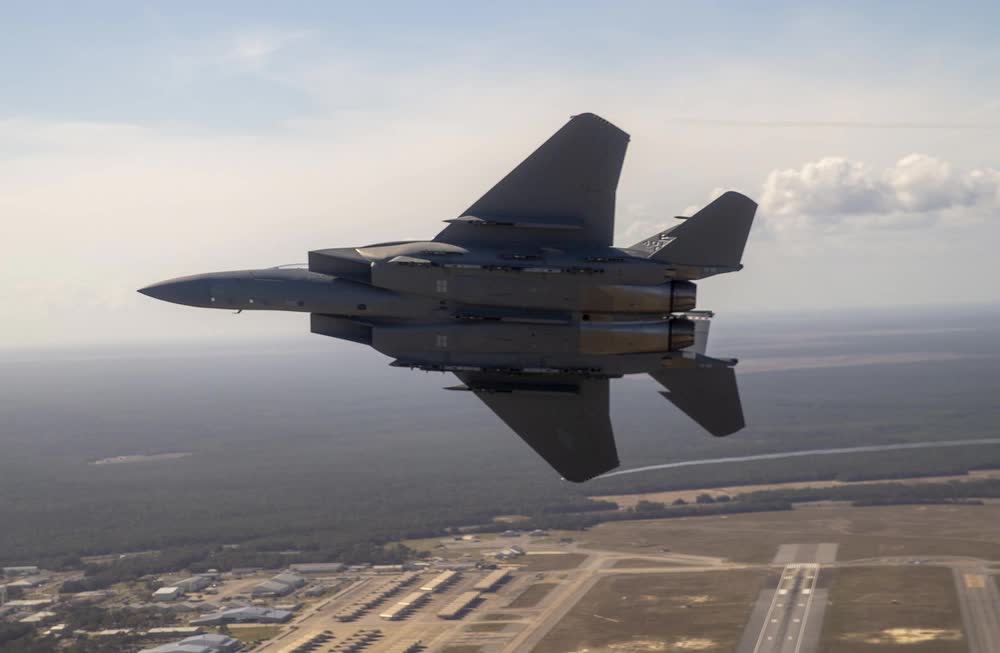
Video: The wild plans to use the F-15EX in the early days of a war
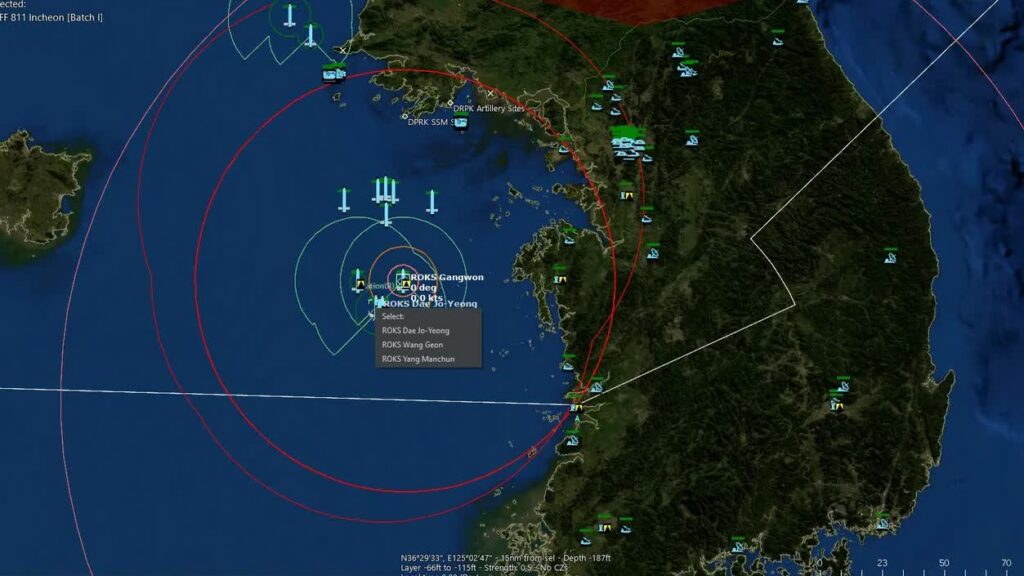
The Air Force is letting troops play a video game to prepare for global conflict
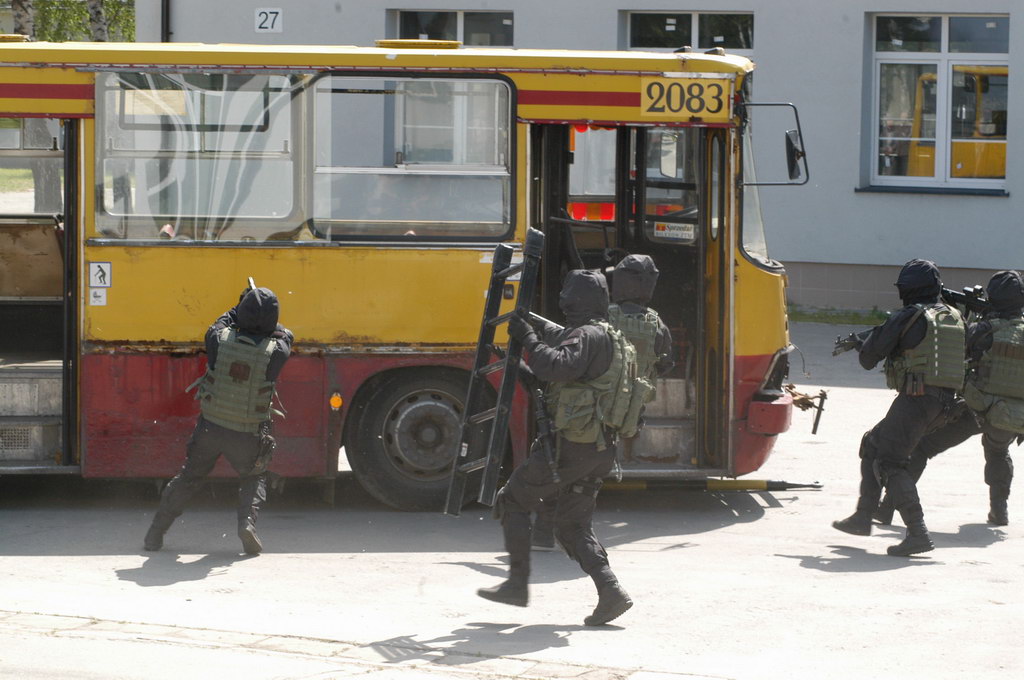
Delta Force escapades with Poland’s elite GROM special operations unit
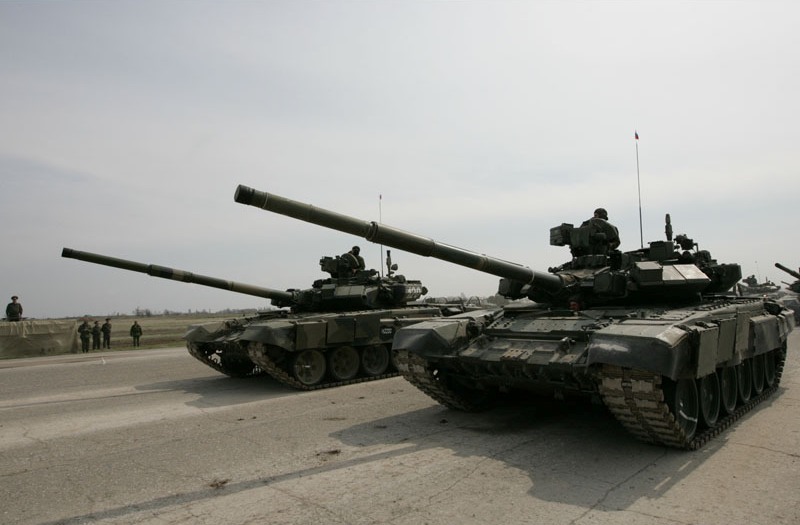
Ukraine is facing serious problems in the east, where Russia’s forces are grinding forward
Sandboxx News
-

‘Sandboxx News’ Trucker Cap
$27.00 Select options This product has multiple variants. The options may be chosen on the product page -

‘AirPower’ Classic Hoodie
$46.00 – $48.00 Select options This product has multiple variants. The options may be chosen on the product page -

‘AirPower’ Golf Rope Hat
$31.00 Select options This product has multiple variants. The options may be chosen on the product page -

‘Sandboxx News’ Dad Hat
$27.00 Select options This product has multiple variants. The options may be chosen on the product page
